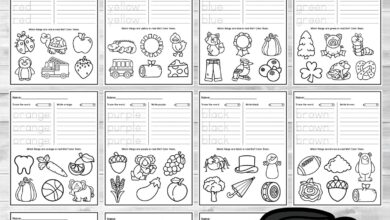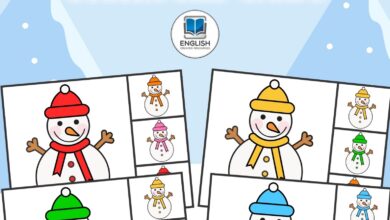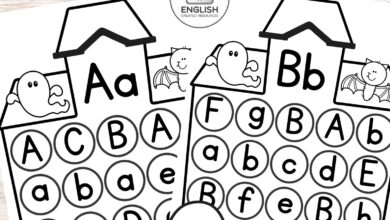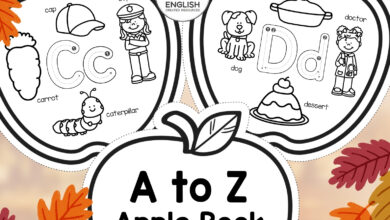Activity BooksColoring
All About Colors Activity Book
Cheerful and joyful colors can boost a child’s self confidence. Children are affected by changes and fluctuations in an environment.According to studies, the majority of children reach their peak in recognizing colors at the age of 4 to 4.5 years. The transition from recognition of colors to the recognition of shapes comes around 5 years of age and shape dominance is mainly revealed at age 9.
Colors can give rise to emotional reactions such as feelings of coldness or warmth. Generally, when a school is being built the plans are not drawn on the basis of the role colors play in learning and their psycho-physiological effect on children. Studies on the effects of colors first started in the industrial field. Many effects, ranging from a reduction in accidents and better conducted surgical procedures in hospitals, to faster recuperation of patients in their rooms, have been observed.
Colour recognition can provide children with essential learning tools in life. For example, in mathematics, colour recognition is used to categorise, sort, compare and organise. Additionally, as children learn to identify colours and use colour as a language tool to describe things, it develops and strengthens their ability to communicate effectively.
Colors sometimes give us information about health and safety. For example, we use red in our culture to indicate ‘danger’ or ‘stop,’ such as with red stop lights and red stop signs. Colors can also tell us about our health. If a person’s skin has blue marks, it may mean they have suffered a bruise. If a person’s skin turns red, they may have spent too much time in the sun. And black marks on the wall could indicate the presence of an insect, a spider, or even mold.
Although naming colors is second nature to most adults, it is actually a cognitively complex task for young children. This is in part because the range of hues that count as a particular color are not innate, nor are they universal among all cultures. In fact, different cultures and languages around the world vary in the number of distinct colors they recognize, from two colors to more than 20!
Having a strong knowledge of the different colours comes in useful in many situations that children will become exposed to. Learning these colours allows them to recognise significant visual hues such as red as a code for danger and the meaning behind traffic lights. It is useful outside of the curriculum too — knowing the difference between a red and a blue coloured tap.
Being able to recognise colours assists with educational skills too such as creative writing. Describing an object without saying its colour is difficult! Similarly, when they are exercising their imagination when creating a story, colour is an important part of descriptive techniques.
Having a strong knowledge of the different colours comes in useful in many situations that children will become exposed to. Learning these colours allows them to recognise significant visual hues such as red as a code for danger and the meaning behind traffic lights. It is useful outside of the curriculum too — knowing the difference between a red and a blue coloured tap.
Sample From the Worksheets
Being able to recognise colours assists with educational skills too such as creative writing. Describing an object without saying its colour is difficult! Similarly, when they are exercising their imagination when creating a story, colour is an important part of descriptive techniques.
With younger children, introduce colour into learning through toys. Research has highlighted the importance of messy play too — where children can take part in unstructured play and get their hands dirty! Let them play with brightly coloured foodstuff such as jelly and develop their fine motor skills too.









thank u so much… these are very helpful in teaching my own children.
I absolutely love the idea behind the All About Colors Activity Book! It’s such a creative way to engage kids and help them learn about colors in a fun and interactive manner. The activities sound both educational and enjoyable—perfect for sparking a child’s imagination. Can’t wait to try some of these with my little ones!